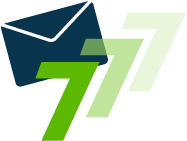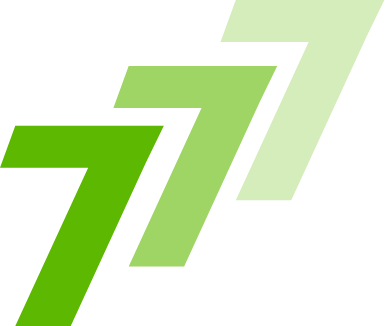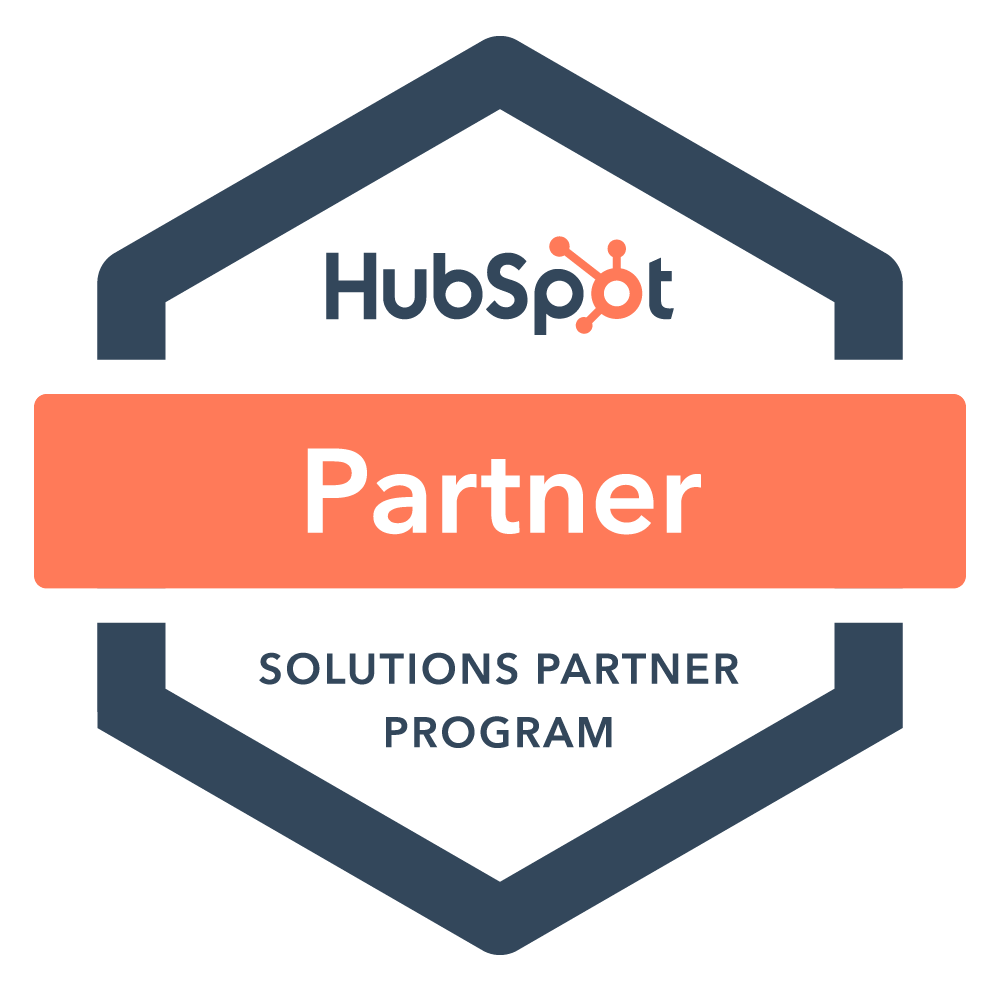When your back is against the wall, don't double down on cold outbound marketing. Here's our guide to making inbound and outbound work for your start-up.
Getting a pre-revenue start-up off the ground is a slog. It's likely your money or reputation on the line. It's your idea, your dream, and you want it to succeed.
So, you turn to cold outreach, hacking away at LinkedIn with bots, or posting endless hyperlinks onto a site to try and trick Google into helping you rank.
Trust me, I've heard it all.
What if I told you that you could combine outbound growth tactics with traditional (it's funny to even call it that) inbound strategies?
That's what I'm going to show you today - and you can replicate the system yourself!
When Do You Need Inbound?
The truth is that you needed inbound long before reading this blog. But, the fact you're reading this is a good thing, because it means you've seen the light.
Crickets are what typically follow cold outreach. It's plain annoying when you receive a bombardment of junk. Our email and LinkedIn inboxes are private, so to receive trash is something a lot of us take offense too.
It's OK, I know plenty of founders who have blasted through outbound tactics like:
- Cold calling
- Cold emails
- Stalking LinkedIn
- Buying lists
People loathe change, let alone one where you're shoving something down their throat.
Worse yet, you might have fallen prey to lead generation companies that claim they can deliver 100 leads to you each month. That's music to any founder's ear.
But that's not how things work. You cannot have a jumbled mess of outbound tactics, disconnected and unrelated, produce results.
Marketing maturity comes from testing, failing, learning, and trying again.
That's why outbound (or demand generation) tactics should always be combined with inbound marketing and lead generation.
Outbound v Inbound: What's The Difference?
Think of outbound marketing being about push, and inbound is about pull.
Outbound is disruptive, like knocking on someone's door without an invitation. You are annoying. Money determines success. Your tactics include:
- Cold calling
- Email lists
- TV ads, and
- Print ads
Your tech stack includes the likes of Outreach, Lemlist, hunter.io, SoPro, AdCreative.ai, and BuiltWith. It's all about the short term.
Inbound is inviting, like being asked to visit a friend's house. You are helpful. Your trustworthiness determines success. Your tactics include:
- Blogs
- Podcasts
- Newsletters
- Paid ads, and
- Calculators
Your tech stack includes the likes of HubSpot, Podbean, Semrush, Opteo, and Typeform. It's all about the long term.
Here's how that looks in our outbound vs inbound infographic:

What They Have In Common: Buyers
For too long we've seen outbound and inbound marketing as being opposites. Well, you know what they say, opposites attract.
You see, the common theme in both is that you're trying to create paying customers. It just so happens that one method is obnoxious (outbound), and the other is more "build it and they will come."
Truth is, it doesn't have to be that way, and it's your buyer persona that creates the bridge between these two marketing mindsets.
The buyer persona is your attempt to get into the head of your buyers. What keeps them up at night? Where do they go for help? How do they consume content?
Your persona shapes how you'll talk to buyers, and what channels you use to get them into your funnel.
That means you have the following at your finger tips:
- Job specific information like job titles and responsibilities
- An understanding of the company they work in
- Where they go for information
- What help they're looking for
- How they want that information delivered
That, right there, is all you need to connect outbound and inbound.
The Outbound Inbound System
While not the most creative name, the outbound inbound system enables you to adopt outbound and inbound tactics to hack at the traditional inbound methodology. Here's how it works
- Create blog content
The first step is to create blog content.
You're going to take your buyer persona (and if you don't have one, here's how to create it) to do keyword research using the likes of Ubersuggest. This will help you to see keywords that are of a low competitive score but have 10-30 searches a month. This tells you that there is interest in this topic.
Create three to four blogs that are top of the funnel, helping your persona with something basic like data cleansing in Excel. Keep the content educational, with no mention of your product.
- Optimize the content
Ensure it is linked to sources and easy to read (try Hemingway to get help on readability.)
SEO doesn't have to be a scary concept. It's really about making sure you use common sense with how you structure content in terms of subheadings, grammar, and readability
Double check your use of H tags, your URL, and meta descriptions - the basics of telling search engines that you've written this content about a very particular subject.
Do not, under any circumstances, keyword stuff. - Run ads to your personas on LinkedIn and Facebook - install a tracking pixel on your site
Now comes the money part. Unless you have yet to make your way fully through your network, you're going to need ad budget.
How much you need depends on who you're targeting as part of the campaign. But, as a rule of thumb, plug in your targeting into LinkedIn's Campaign Manager and Facebook's Ad Manager to get a sense of what it'll take.
Remember, your goal is awareness, so set up the ads in a way that maximizes exposure.
Above all else, make sure you install tracking pixels. Here's two how-tos on that:
- LinkedIn
- Facebook (Meta pixel)
Those tracking pixels need to capture traffic to your blog pages.
Turn those ads on! - Post the content on Reddit and Quora
As you're sending ads out, start to share the blogs on Reddit and Quora as posts and, where natural, comments on posts.
The goal is to start spreading your digital footprint. - Let the ads run for two weeks
Don't rush the process. DO have A/B/C/D testing going on imagery and copy, but above all, keep those ads running to drive as much traffic as you can to your blog content. - During the two week period, ensure you have bottom of the funnel content, i.e. a case study and customer quotes - and bonus points for comparison content (e.g. Asana vs Wrike)
While the ads run, start creating or collating some bottom of the funnel content.
We're talking about case studies, customer quotes, comparison pieces, app store and G2 reviews - anything that shines a positive light on you. - Create new ad campaigns for those people who have visited the blogs, retargeting them using that tracking pixel, pointing them towards bottom of the funnel content
The content you've got from step six will now come into play.
Here, we're going to set up ads on each platform to retarget those blog visitors back to your bottom of the funnel content.
The idea is that we want to accelerate buyers who are ready to get a trial / demo with you straight into your funnel.
Not everyone will land, but you'll see traction and more traffic back to those pieces. Besides, we love hearing about customers who become success stories. - Reach out to people within your ideal companies who have the right persona using a combination of Expandi and your LinkedIn.
While these ads are running (alongside the original ads we set up at the start for your blogs) you'll now use something like Apollo or Hunter.ai to find your buyer personas within your ideal customer profile.
The point of doing is this that we'll find all the contacts that match your persona, and we'll then export their LinkedIn profile URLs and add them into Expandi for automated reach out while the ads continue to do their work. - In that reach out, connect with them and ask for a conversation - nothing more.
In the reach out - and to be clear, I mean the connection request, nothing more - you'll be automating a lot of manual effort.
Our hope is to find people who have seen both sets of ads, so they're familiar with you.
All you'll be asking for is a conversation about a topic that you know they care about - gleaned from your persona work.
Do. Not. Pitch.
- Set up a meeting page, like this, so they can easily book in with you
Once the connection request is accepted, the point is to get these people into a conversation.
Getting to that conversation needs to be frictionless. That's why you're going to create a meeting page like the ones we have.
You can use HubSpot or Calendly to do this. - When they book, attend the meeting and keep it educational and helpful - never pitch
Did we mention to avoid the pitch and the dreaded pitch slap?
Selling isn't selling any more. It's a conversation. It's finding a fit. The fact you're on a call with this person means they trust you, so please don't abuse that.
If you can lead a conversation that builds a relationship, you've done your job.
The rest is up to you.
Put Outbound Inbound To Practice
There's plenty to love about inbound. But, for some, it's not fast enough.
That's fine. That's why we've shared how you can blend outbound tactics with inbound.
This isn't a perfect system, but shows you the art of the possible.
Want to talk about your own system, or get a hand on your marketing journey? Talk to me anytime, here.

James Milsom
When I'm not spending time quoting What We Do In The Shadows, The Office, or Parks and Rec, I'm watching the Georgia Bulldogs (Go Dawgs!), walking our dog Crosby with my wife, McKenzie, or geeking out on tech. I find time to eat, sleep, and work out too (honest!)






